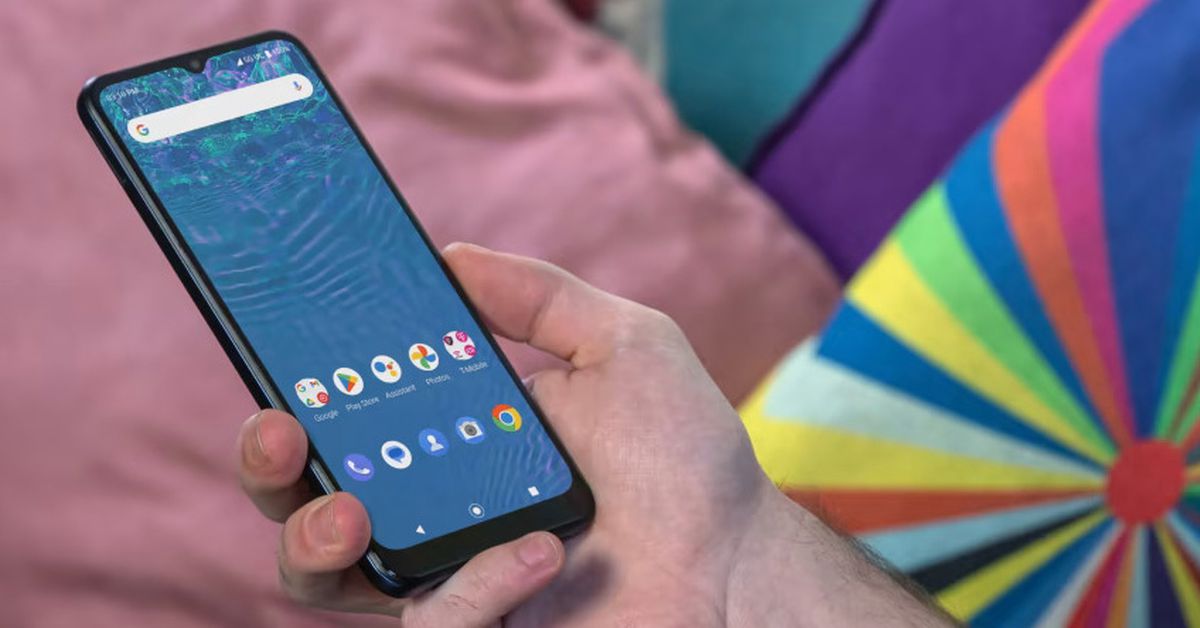- cross-posted to:
- [email protected]
- [email protected]
- cross-posted to:
- [email protected]
- [email protected]
HMD is bringing its repairable phone initiative to the US with the Nokia G310, a $186 smartphone that’ll be available from T-Mobile and Metro by T-Mobile on August 24th. This is technically the third smartphone HMD has released with a design that makes it easier to replace commonly broken components like its battery and display, but its previous Nokia G22 and Nokia G42 were focused on European markets.
As with its previous repairable phones, HMD is partnering with iFixit to supply spare parts and repair guides for the G310.



I can’t seem to find an answer for this particular phone, but they usually seem to only provide 2 major android versions and another year of security updates.
To me that kind of defeats many of the upsides this repairability provides.
I’d just put Graphene or Lineage on it anyway.
HMD still doesn’t allow bootloader unlocking (officially) so even if you wanted to, you couldn’t.
Removed by mod
That’s just not true. Convenience and support matter.
That’s definitely an option. But to me that is somewhat of the equivalent to an easily removable battery vs having to fight through a bunch of glue first.
Yes you can definitely do it, but it just makes things less accessible.
Graphene only supports Pixel devices
Hmmm not really though. Depends on how you currently use phones. I have the bottom end last year’s model galaxy phone. My annual insurance costs as much as this phone not counting what I actually still pay monthly for the phone. Something like this is WAY cheaper and even if you have to replace it in 2 years you can upgrade and still spend a FRACTION of what I did for this phone. It’s very cost effective, and with the added benefit of being repairable these are welcome in my eyes. There IS a market for this even if you do have to eventually replace the phone, as all phones need eventually anyways.
I didn’t say that it takes away all advantages. And I am definitely with you that overall it is a net positive for the consumer and there is a market.
But this limited update policy puts an unnecessary timer on the useful lifetime of the device. And while eventually it will need replacement, a repairable device like this has the expectation to last significantly longer than 3 years.
Say the phone would otherwise be good to use for 6 years with repairs like a battery swap. At that point it would have gone 2/3 of his lifetime without major software update and 1/2 without security updates.
Unless ofc it would be flashed with a different OS, but that goes against the ease of repairability it is going for.
Yes, it saves you money, but does nothing to address the toxic e-waste created by modern tech companies.
On this point I have to concede. That is not beneficial.